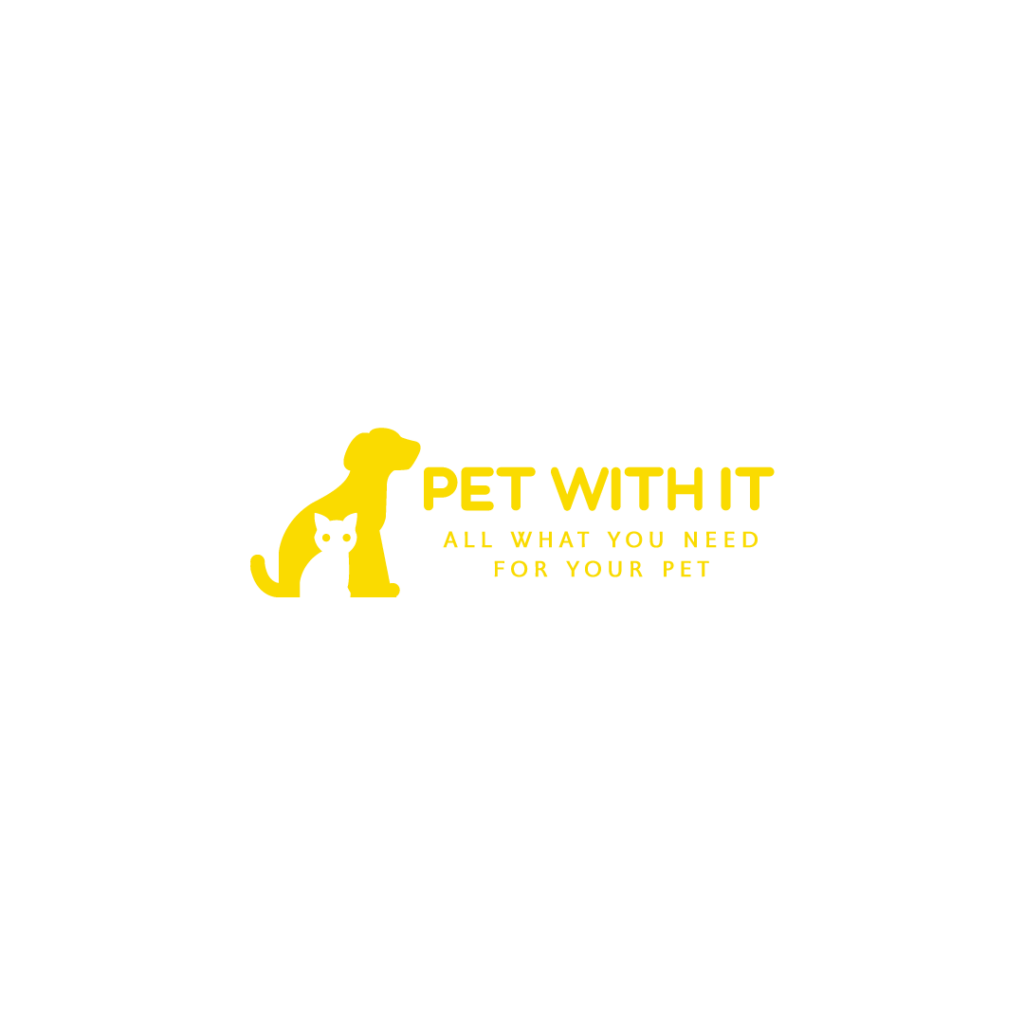Teething Guide for Your Puppy

If you are a new pup parent, you are in for a ride. While raising a pup is one of the best experiences in the world, it comes with its challenges, but that’s parenthood, I guess.
Teething is a challenging time for pups, just like for human babies. This guide will help you know when your pup is teething and how to help them through it.
When do puppies start teething?
If you know when your pup’s going to start teething, you can prepare better.
Usually, teething occurs between 12 to 16 weeks.
Full timeline of puppy teething:
- 2-4 weeks: baby teeth start coming in
- 5-6 weeks: all baby teeth should be in
- 12-16 weeks: teething begins. Baby teeth fall out and adult teeth emerge
- 24-30 weeks: by around this time, all puppy teeth should have fallen out and be replaced with adult teeth.
Keep in mind that every dog is different. Your pup’s teething may deviate from this timeline a little. If you notice they are way off, you can have your vet take a look to make sure there is no problem with the growth.
Symptoms of teething in puppies
Since teething is often an irritating and painful experience for your pup, you could notice some changes in your pup’s appearance and behavior.
- Drooling
- Red, irritated gums
- Increased chewing
- Blood on toys after chewing
While you will hate seeing your pup in pain with these symptoms, these are normal. Unless you’re noticing anything super abnormal or your dog seems to be in extreme pain, there’s no need to worry.

What can you do to help your pup with teething pain?
Thankfully, you can help make the teething process easier for your adorable pup. Don’t discourage the increased chewing while your pup is teething as it relieves pain.
You can also use the following things to give them so they can relieve pain by chewing as much as they want.
- Frozen treats
Popsicle, or as we call it, “popsicle”, will soothe pain and inflammation. It will also be a yummy treat to distract your pup from the pain they are going through while teething.
Make sure the ingredients used in the popsicles are dog-friendly.
- Chews
Giving them a tasty dog chew will help your fur baby to relieve pain along with distracting them from chewing on your furniture.
- Teething toys
There are teething toys for human babies, as well as pups. They are tough enough to endure hard chewing but are soft enough to not damage teeth.
How to care for your pup’s teeth?
Once the hard, painful part is over, i.e. teething, now it’s about maintaining the teeth and keeping them clean.
Daily brushing is important. Some other ways to attain your pup’s dental hygiene are the following: Dog dental wipes
- Bones
- Chews
- Food supplements
- Coconut oil
- Sprays and gels
- Chew toys
- Water additives
- Dental toys
- Dental treats
- Healthy fruits, vegetables, and treats
For more pet health tips, follow us on Instagram @petwithit

